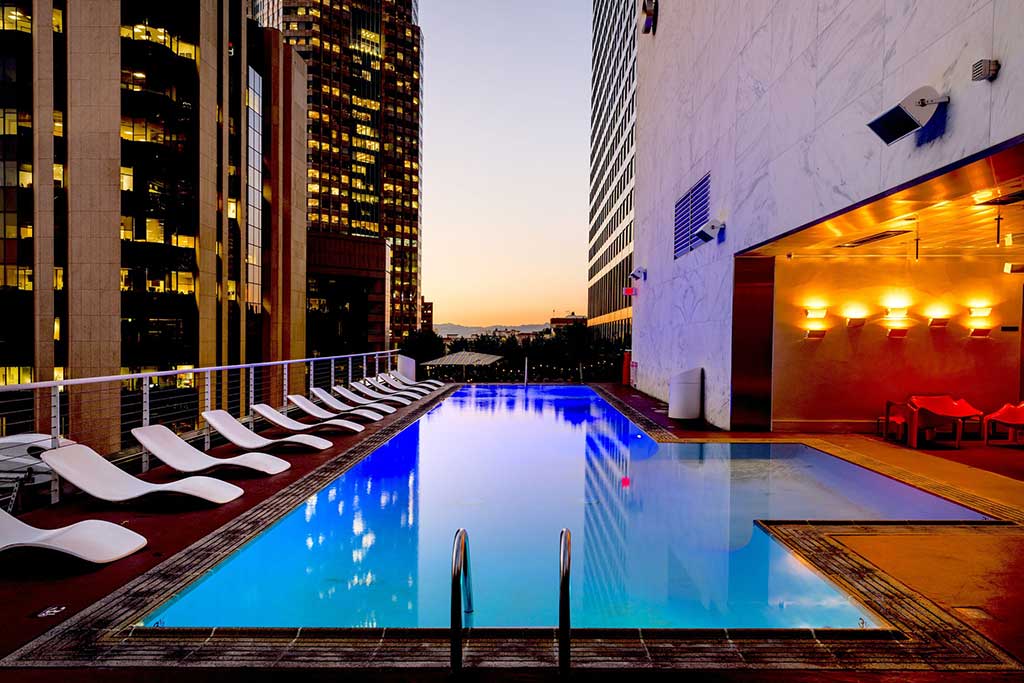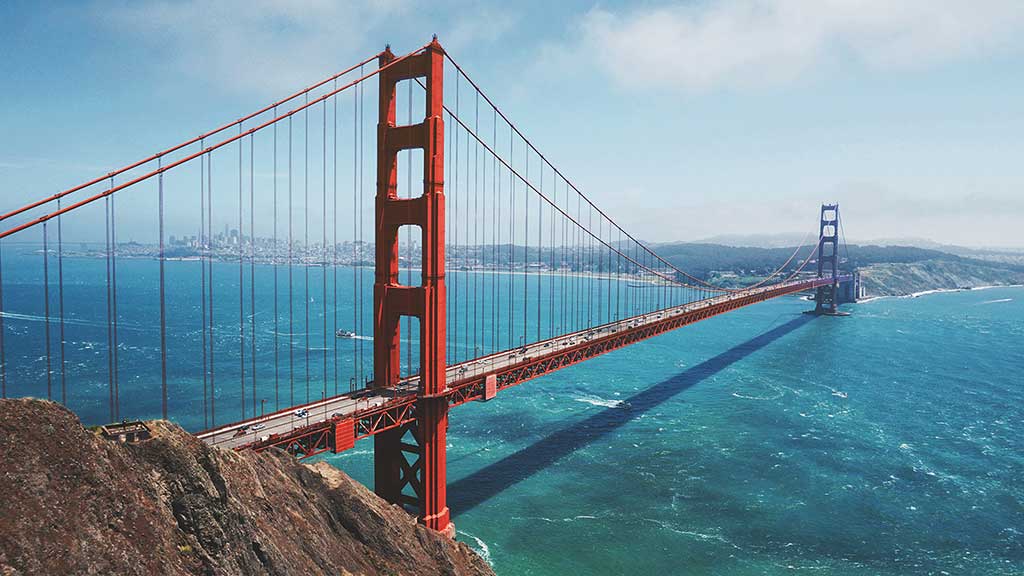Nature & Wildlife
Oman has a rigorous “green” policy and a fascinating array of animals thrive in the many protected areas. Sanctuaries have been set aside for the rare Arabian Oryx, the most famous being the Arabian Oryx Sanctuary at Jiddat Al Harasis in the Dhofar Mountains.
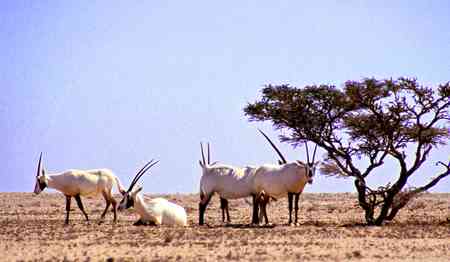
As Oman features over 1,700-kilometres coastline, watersports opportunities are endless and considered second nature to local inhabitants and visitors alike. Activities such as snorkelling and diving are easy to pursue in Oman. The water is warm all year round and much of the coast, with its many underwater sites, is easily accessible.
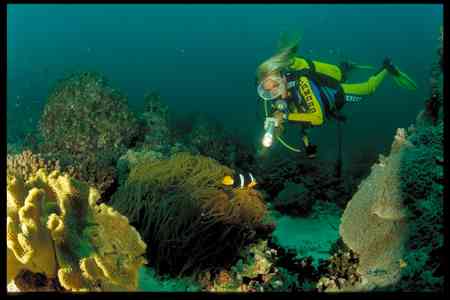
Divers are rewarded with the sight of spinner, common and bottle-nosed dolphins, besides whales, moray eels, corals and a spectacular array of colourful tropical fish.
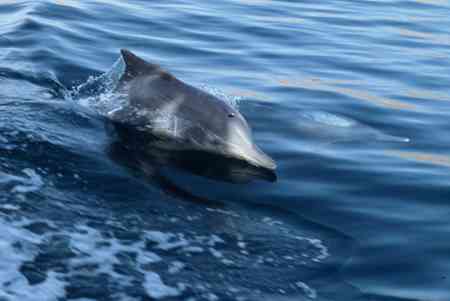
The shallow reef along the coastline also provides the opportunity for snorkellers to enjoy a close-up view of the underwater world. Experienced divers can take advantage of the deeper waters, night dives and wreck dives to see the myriad marine life. Several diving companies provide the necessary equipment and most are attached to the five-star hotels and beach resorts.
Favourite dive sites include Dimaniyyat Islands, a marine nature conservation reserve about 18 kilometres off the Batinah Coast. Bandar Khiran is just 20 minutes by boat from Muscat and has fjord-like entrances with numerous bays. Sandy beaches and calm waters in the main area also make it an ideal picnic spot.
Fahal Island, four kilometres offshore from Muscat, offers excellent diving with a swim-through cave and a wreck at 30 metres. The Musandam Peninsula is dotted with many diving sites including Zazurat Simi, which features a plane wreck, Tanakan, Ra Rukein and Khawr Hablayn. In addition to these, there are 63 other registered dive sites.
Most hotels can arrange watersports such as windsurfing, jet skiing and waterskiing, including equipment hire. Game fishing is also rapidly gaining popularity with catches including marlin and tuna. The waters off Sur and Masirah Island are specially suited to this sport and local tour operators offer set programmes and charter game fishing.
Oman has vast stretches of sand with the most striking being Wahiba Sands with massive dunes that rise up to 200 metres. The desert expanse runs for 200 kilometres from Eastern Hajjar to the Arabian Sea.
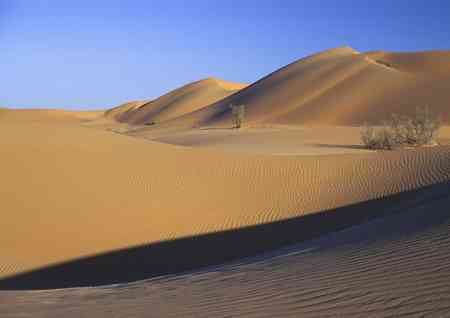
Visitors have the choice of exploring the vast desert in true Bedouin fashion atop a camel or in more modern 4×4 vehicles. Exhilarating experiences include witnessing a desert sunset, an overnight desert camp at a Bedouin village and the opportunity of trying sand skiing – a sport unique to this region.

Whales and great pods of dolphins are known to reside in the coastal waters off Oman. About 20 of the nearly 80 known varieties in the world have been spotted in the area. Whale and dolphin watching are now in great demand. Operators based in Muscat offer set programmes and charter services to watch these magnificent animals from close range.
The beaches of Ras Al Hadd, Ras Al Jinz and Masirah Islands serve as a protected breeding ground for several species of marine turtles that come ashore to lay their eggs. The gentle creatures home in on the same spot every year and at night visitors can witness the turtles arriving at the beach to lay their eggs. The hatchlings emerge and struggle back to the water at daybreak (May-October).
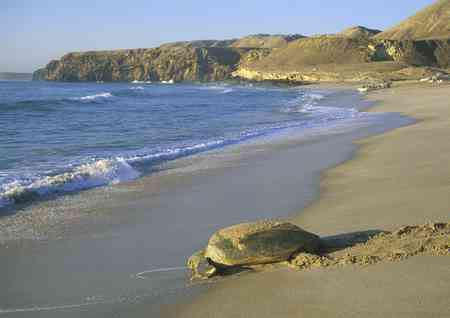
Oman features five of the world’s seven species of turtles, the Ras Al Jinz welcomes more than 60,000 turtles each year. Loggerhead, hawksbill, leatherback and green turtles are the species known to frequent the area. Reputable tour operators can take care of the formalities and arrange trips to these sites.
Ras Al-Jinz, is an exceptional site located at the head of the Arabian Peninsula, houses one of the largest nesting areas of Green Turtles in the Indian Ocean. The Ras Al-Jinz Sea Turtle and Nature Reserve and the Ras Al-Hadd National Scenic Reserve have combined to protect Oman’s sea turtles and their natural environment.
Salalah in Oman, which experiences a regular monsoon each year, abounds in wildlife, thanks to its immense stretch of green cover. Leopards, which are rare in the region, have made a safe haven in Dhofar’s Jebel Samhan. The Sultan of Oman has declared the area a nature reserve and Salalah coast has 12 creeks, of which nine are designated nature reserves.

Approximately 400 birds have been recorded in Oman, which is host to many foreign species such as the Golden Oriole, Nightjar and White Stork. Between September and November, many eagles, such as the Imperial Eagle and the Greater Spotted Eagle, migrate to Oman.







